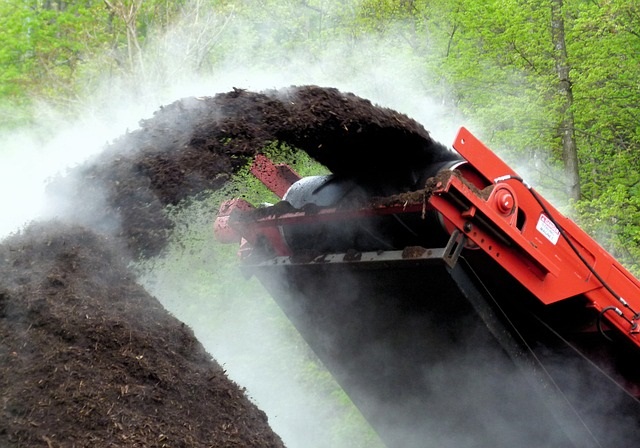INTRODUCTION
Solid Waste Management: Solid waste management is a process of actions and activities that are employed to manage waste that is being produced from various sources. It includes all actions from the collection, transportation, to the final disposal of waste. For more info about solid waste, check out: Solid waste – types, sources, and effects.
Also read: Disastrous Environmental Impacts of Radioactive Waste
SOLID WASTE MANAGEMENT TECHNIQUES
Methods by which waste is managed properly can be called solid waste management techniques. Some methods are used to reduce the size of waste. Obviously the 3Rs – a waste management technique that is reduced, reusing, and recycling method – should be given priority above all methods but not all kinds of waste can be treated with this method.
Solid waste management techniques that are commonly used for waste management are listed below.
- 3Rs: It is a “reduce, reuse, and recycle” method. Reduce means using products that produce less waste, reuse means using products again and recycle means using the discarded products as a resource. It is based on the effective use of resources. Waste is generated in high quantities can be minimized by using the 3Rs method.
- Landfill: Landfill is a land area, which is specially designed for the disposal of solid waste. Sanitary landfills allow proper disposal of waste.
- Composting: This method consists of the decomposition of biodegradable waste.
- Incineration: In this method, waste is reduced in size by burning at high temperatures. The residues are then subjected to landfill sites.
- Waste to Energy: WtoE a method by which energy is produced as a result of incineration.
- Pyrolysis: Pyrolysis involves the thermal breakdown of organic waste for industrial purposes.
Some common solid waste management techniques have been listed below with advantages and disadvantages.
| Serial No. | Solid Waste Management Technique | Types of Waste | Advantages | Disadvantages |
| 1. | Landfills | Non-biodegradable Waste – Ash, sand, etc. | It is a cheap method and landfill sites can be used for WtE sources. | It results in contamination of water reserves. It is a source of greenhouse gases. |
| 2. | Composting | Degradable Waste- Organic waste, | It provides nutrients to the soil, assists soil biota, and eliminates the need for fertilizers. | It creates a bad odor and takes time. |
| 3. | Incineration | Medical Waste, Hazardous Waste, | It minimizes the quantity of waste and one of the efficient waste management techniques. | It causes air pollution and an expensive method of managing waste. |
| 4. | Waste to Energy | Municipal Solid Waste | It can be used to meet the demand for electricity consumption. Energy is produced by this method. | It produces environmental toxins such as dioxins and furans. |
| 5. | Pyrolysis | Plastic Waste | It is a simple method and can be used for all types of waste. | This method is complex and expensive. |
| 6. | 3Rs | E-waste | It reduces the demand for material and saves money. | This method cannot be employed on large scale and often produces pollutants. |
Check out our detailed articles: 10 Ways to Eradicate Solid Waste – Methods of Reducing Waste
CONCLUSION
The population is kept on increasing due to which nature reserves are being overly exploited. Industries are increasing in numbers. All these factors are putting stress on the environment. Anthropogenic activities are causing environmental pollution that must be controlled to prevent further damage to the only living planet. Solid waste often contains toxic, hazardous, radioactive materials and it should be managed properly. Because untreated solid waste causes negative effects on humans, animals, and the environment.
Also read: Land/Soil pollution – Causes, Effects, and Control
I hope you all liked this post! Please comment below if you have any suggestions, comments, or feedback! We at #envpk love hearing from our readers! Thanks!




